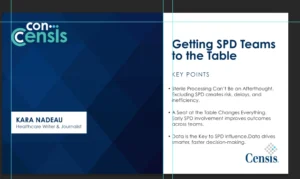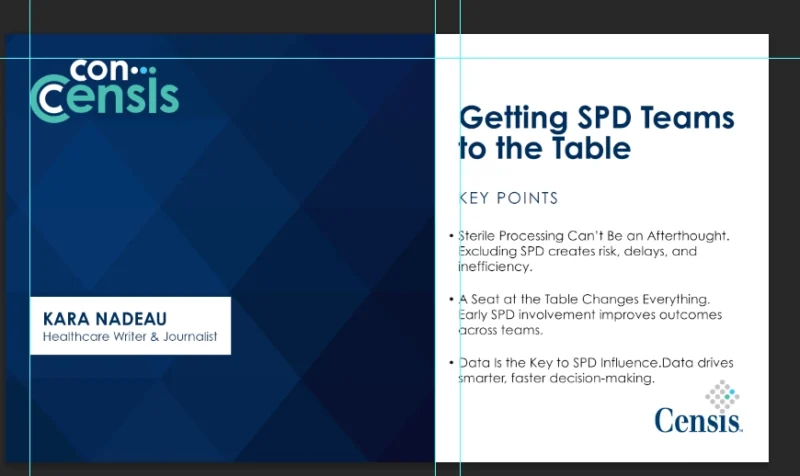Forging Connections: Flipping CAPA on Its Head with Prevention
Waste and lost money run rampant in various sectors, and healthcare and pharmaceuticals are no exception. Bethany Kearney, Director of Enablement for Sparta Systems, and Zillery Fortner, Product Advisor, QA/RA Life Sciences at Sparta Systems, joined Forging Connections Host Michelle Dawn Mooney to discuss flipping corrective and preventive action (CAPA) on its head through preventive measures.
Fortner provided an example of how reusable medical devices like gowns would rip after 40 uses or so when they were supposed to last for 100 lifecycles. The safety complaints stopped at a high level instead of digging down deep to find the root cause. Issues were accredited to “human error” or incorrect repair. “There wasn’t global communication between the different facilities. There were multiple issues going on. Multiple times it was closed in CAPA, saying it was fixed. When it came down to it, the true root cause was a chemical reaction,” Fortner stated. Addressing the actual cause would have saved millions of dollars.
“Finding the true root cause is very complex. It’s easy to blame a human, and if the firm is 100 percent focused on metrics, then finding the true root cause is going to be very challenging. Because in some cases, it is costly,” Kearney explained. She added, “It’s much more costly to not know that true root cause,” and that “putting in the time to do it right is really where the value is.”
The key is to follow the seven steps of the CAPA process. Fortner listed them as identifying the problem, evaluating the problem, developing and investigating, analyzing the problem, creating an action plan, implementing it, and analyzing the effectiveness.
Fortner added that prevention is essential, and companies should plan, do, check, act…Lacking support from the right stakeholders will cause you to struggle and make the process difficult. It is also imperative not to play the blame game and to understand why the mistake happened, fix it, and ensure the fix works.
When CAPAs go awry, this can cause incredibly costly issues. “A recall is just one part of doing something wrong or not really, truly understanding the problem,” stated Fortner. “A recall process can cost up to 600 million dollars, according to research from McKinsey. The medical device industry spends around 5 billion dollars a year on recalls. This expense we can’t ignore because lives are at risk. Every minute that a defective product stays out on the market is another opportunity for someone to be injured.”
“The payoff to doing CAPA right, I don’t think you can measure,” stated Fortner.
For more podcasts from Forging Connections, visit Apple iTunes or Spotify.









